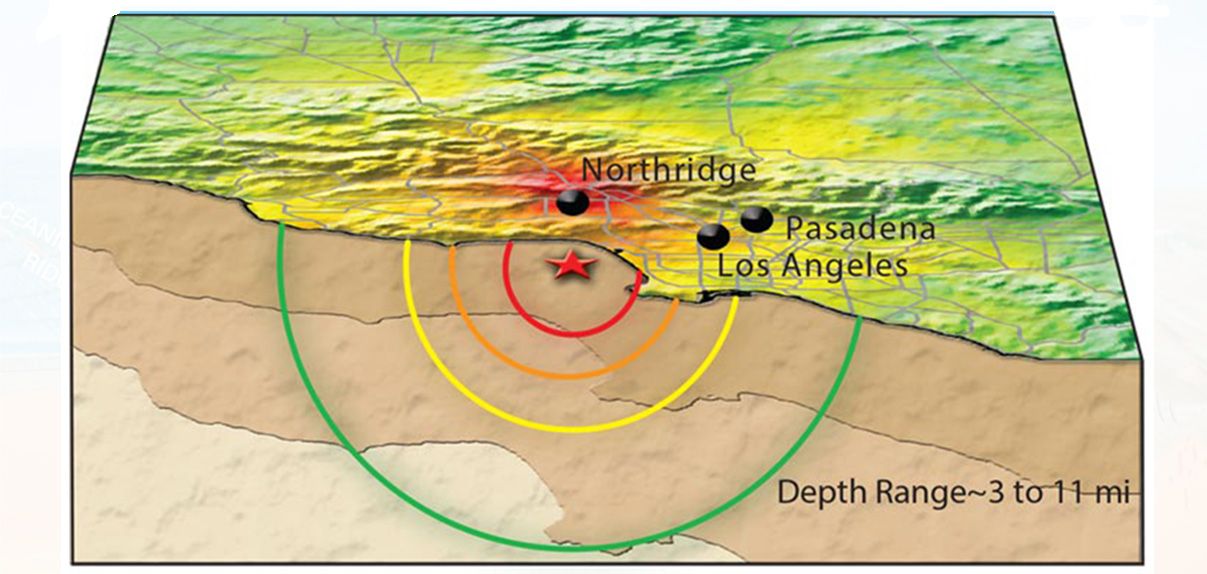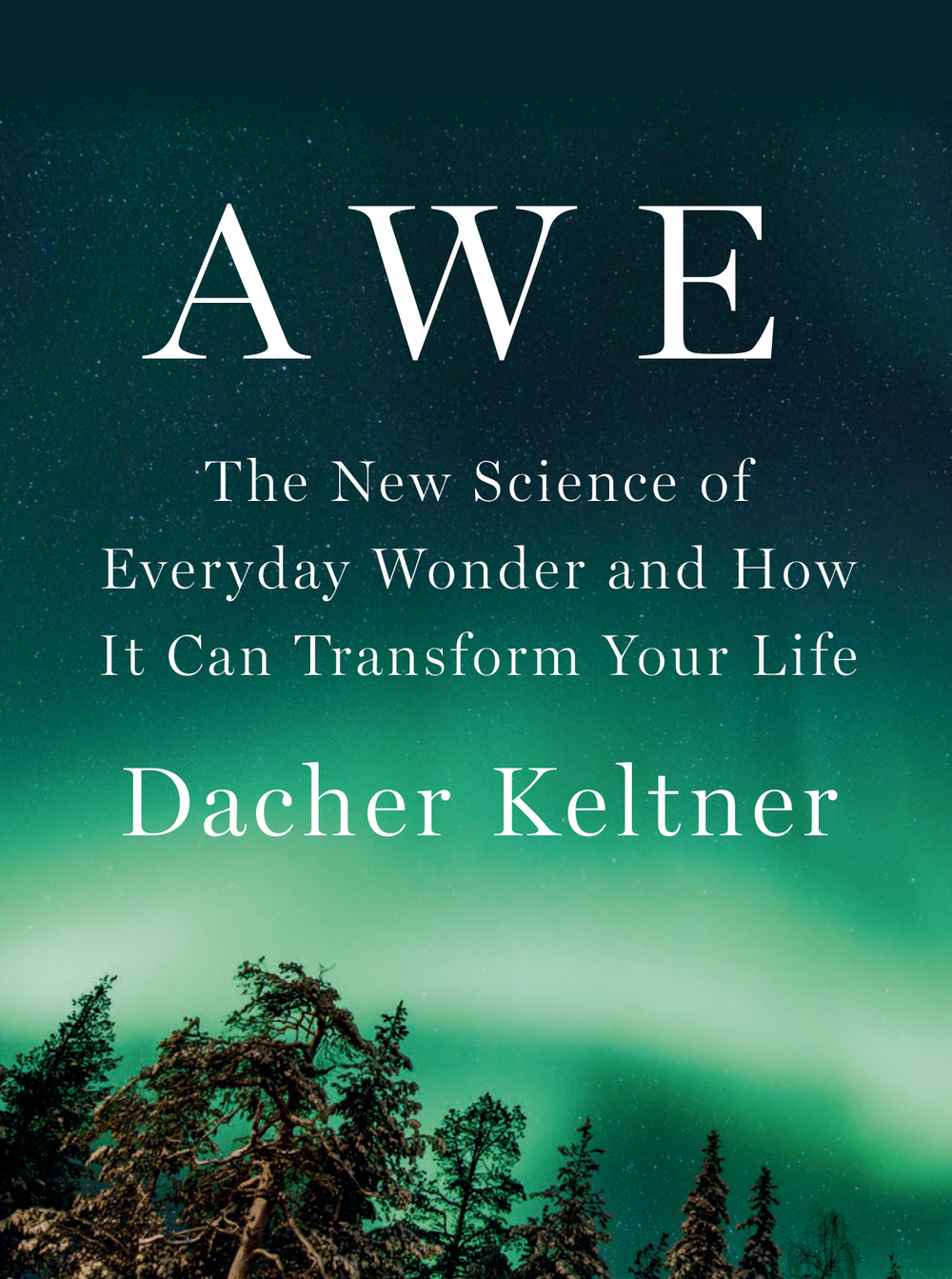Faculty Profile: Dipti Nayak
About 80% of methane in our environment comes from methanogenic archaea, often found in anaerobic sediments. Image Design: Johan Jaenisch, Photo Credit: Kazuomori Lewis
Biology was never the long-term goal for Dipti Nayak, assistant professor in the Department of Molecular and Cell Biology (MCB). Nayak started her graduate career as an environmental engineer where she studied bioremediation—the process by which plants and microbes detoxify chemicals in the environment. Over time, she became less interested in how chemicals are detoxified and more fascinated by why bioremediation occurs in the first place. Nayak reminisces, “It was small things, often microscopic,” that led to her current research focus on a group of microscopic organisms called archaea. Archaea play a large role in climate change. The subset of archaea studied in the Nayak lab are producers of methane, an extremely potent greenhouse gas. These microorganisms not only live within us, impacting everything from our immune system to our behavior, but also within plants and other animals. According to Nayak, nearly 80 percent of the methane in the environment comes from archaea residing within and around us, yet very little is known about these microorganisms. Nayak is currently the only faculty member in MCB studying archaea. Using an integrative approach including CRISPR genome-editing technology, the Nayak lab is researching the biology of methanogenic archaea. They have uncovered the surprisingly social lifestyle of these microorganisms and the role archaea play in animal origins. Additionally, the Nayak lab is working to tap into the biotechnological potential of these methane-producing microorganisms. Regarding the transition to her new role as an assistant professor, Nayak enthuses, “At the end of the day, the science is what keeps you going.”
—SHANNON O'BRIEN
This article is part of the Spring 2020 issue.






